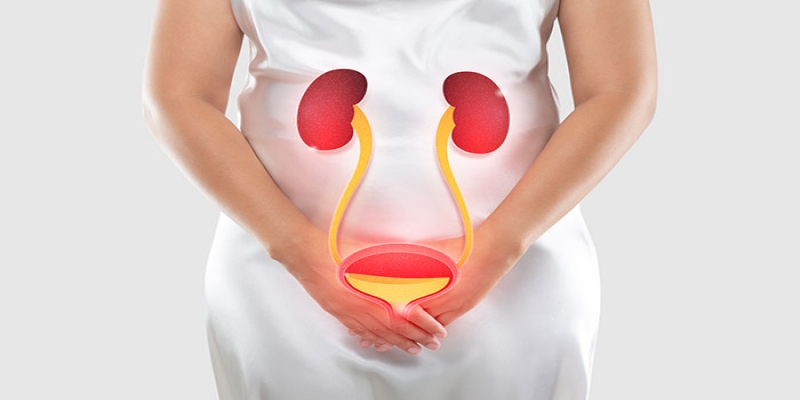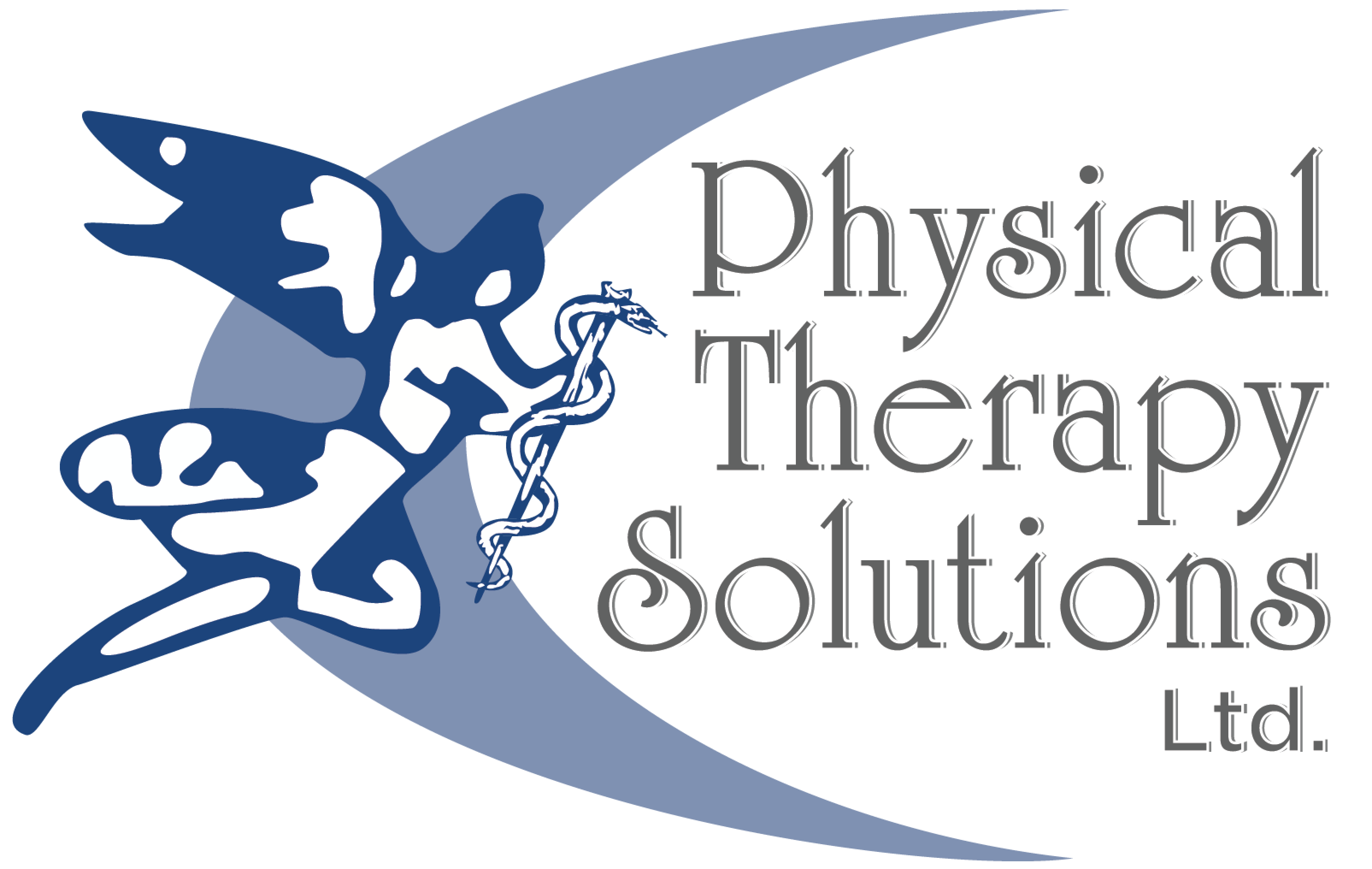Understanding and Taking Control of Urinary Incontinence

As we age, our bodies go through many changes—some more challenging than others. One such challenge that often goes unspoken is urinary incontinence.
This condition, marked by the involuntary loss of urine, can significantly affect independence, self-esteem, and quality of life. The good news? Urinary incontinence is manageable, and at Physical Therapy Solutions, we offer specialized care and proven interventions to help our clients take back control—confidently and comfortably.
The Scope of the Issue: How Common Is Urinary Incontinence?
Urinary incontinence affects millions of older adults, with studies showing that up to 50% of people over the age of 65 experience some form of bladder leakage. It’s a condition that can affect both men and women, but it doesn’t have to define your daily life.
Understanding the Different Types of Urinary Incontinence
There are several types of incontinence, and understanding which one you're experiencing is key to getting the right treatment:
- Stress Incontinence: Leakage caused by physical pressure (e.g., coughing, sneezing, or lifting).
- Urge Incontinence: A sudden, intense urge to urinate—often with little time to get to the bathroom.
- Overflow Incontinence: Incomplete bladder emptying leads to frequent dribbling. Functional Incontinence: Physical or cognitive impairments make it difficult to reach the bathroom in time.
- Mixed Incontinence: A combination of stress and urge incontinence symptoms.
Why Does It Happen?
- Urinary incontinence can stem from a number of physical and lifestyle-related causes:
- Weak or uncoordinated pelvic floor muscles
- Hormonal changes, especially post-menopause
- Nerve damage from chronic conditions or injuries
- Medical conditions like diabetes, stroke, or urinary tract infections
- Certain medications, obesity, smoking, or caffeine intake
The Good News: It Can Be Managed
Urinary incontinence is not an inevitable part of aging, and you don’t have to suffer in silence. There are several highly effective ways to regain bladder control and confidence:
Pelvic Floor Physiotherapy
At Physical Therapy Solutions, our therapists specialize in pelvic health. We offer targeted exercises and one-on-one guidance to help you:
- Strengthen pelvic floor muscles
- Improve bladder coordination
- Reduce or eliminate leaks over time
Behavioral & Bladder Training
We work with you to develop practical strategies like timed voiding and urgency suppression techniques—customized to your lifestyle and habits.
Medical Collaboration
In some cases, physiotherapy is paired with medication prescribed by your physician to calm overactive bladder symptoms or address underlying causes.
Education & Empowerment
We help you understand what’s happening, why it’s happening, and most importantly—what you can do about it.
Gentle, Respectful Care
We create a safe, judgment-free space where your dignity and comfort are prioritized. Our team is specially trained in working with older adults and sensitive health concerns.
Our Promise: You’re Not Alone
At Physical Therapy Solutions, we believe that aging should not mean giving up your freedom or dignity. With proper care, education, and guided treatment, you can live without fear of accidents or embarrassment.
Take the First Step Toward Relief and Confidence
If you're struggling with bladder control or concerned about pelvic health, don't wait. We're here to help with understanding, expertise, and compassion.
Book a private pelvic health assessment today at Physical Therapy Solutions.Call us at 876-927-6015 orWhatsApp 876-553-5061
You can also follow us @physicaltherapysolutions on Instagram and Facebook for tips, updates, and client success stories.
You don’t have to live with incontinence. Let us help you reclaim your confidence—discreetly, professionally, and effectively.
